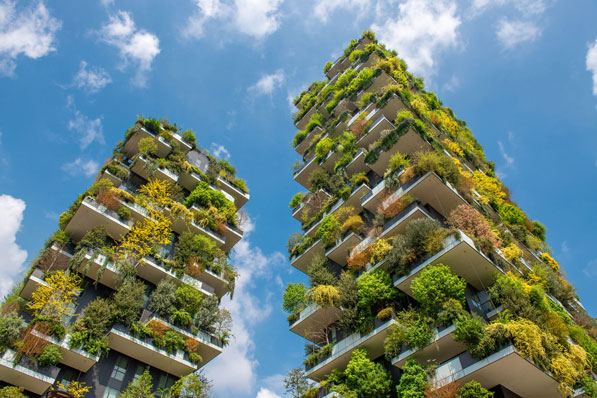Tougher plants, smaller plots and more communal spaces may all form the gardens of the future. Hannah Stephenson finds out more.
Gardens are extremely important for both physical and mental wellbeing – which has become increasingly apparent this year. But what are they going to look like in the future?
“We are finally starting to re-evaluate how we spend our leisure time and appreciate the real benefits, both mental and physical, that access to the outside world provides,” says award-winning designer Joe Perkins (joeperkinsdesign.com), who won a gold medal at the RHS Chelsea Flower Show last year with his Facebook-sponsored garden Beyond The Screen.
“These factors, along with our changing climate and the need to protect and support wildlife, will have greater significance for designers when it comes to planning gardens, and means that gardens could look radically different in 10 or 20 years’ time.”
Here, Perkins shares more thoughts on what gardens of the future could look like…
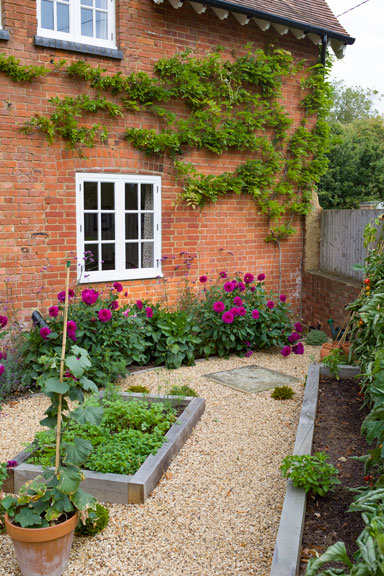
Will gardens be smaller?
“As the price and pressure on available land becomes greater and we extend our interior living spaces, gardens will be smaller. We will see a mixture of balcony and roof space with limited outdoor areas at ground level.”
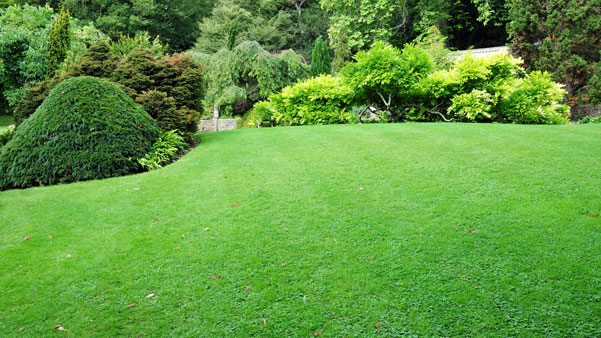
What about lawns?
“Manicured lawns will become, for the most part, a thing of the past. Essentially a green desert for wildlife, they have little benefit and they will be replaced with either wildflower versions or removed and replaced with productive areas or larger flower and shrub borders.
“Social media is flooded with nature appreciation at the moment, so I hope that a more relaxed approach to gardens will start to emerge, with the focus less on control of wildlife and more in support of it.”
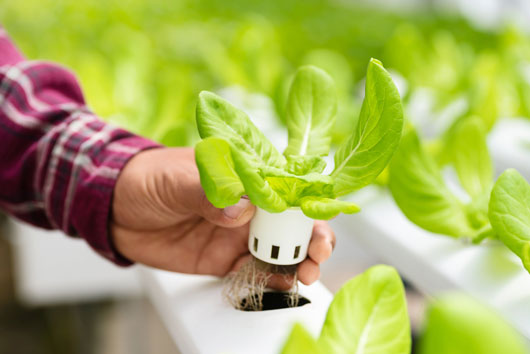
How will technology play a part?
“Walls and boundaries will become clothed with plants and we could see advanced hydroponics being used to transform our spaces into hi-tech allotments, growing fruit and veg very productively with a minimum requirement for space, water and nutrients. We could even turn our roofs green to help improve air quality, as well as insulate our homes.”

Will outdoor socialising change?
“Socialising has always been a priority in the garden, so I believe gardens of the future will incorporate more permanent places that we will use year-round. No more dragging the garden furniture out of the shed and dusting off the umbrella; we will have covered, heated areas for eating, entertaining and even working, now that we have all proved that we can do this from home.
“Practically, these areas will allow us to use make the most of the changing climate too, enabling us to escape the downpours and provide shade through the hotter dry spells.”
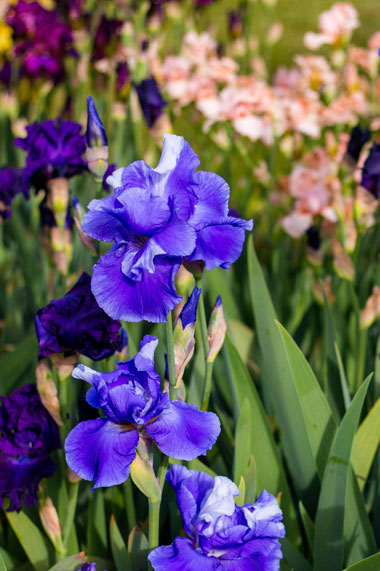
Will plant choices change?
“Our plant choices will need to change and we will need to select varieties that are more resilient to extreme weathers, choosing plants that cope with high winds and flooding followed by long periods of hot dry weather.
“Southern France, northern Italy and either side of the Pyrenees can provide us with inspiration and many of the plants that thrive there are familiar to us already. Iris pallida, agapanthus, many of the herbs, as well as tough characters like acanthus and cistus will work well.
“Some from further south, such as the European chain fern (Woodwardia radicans) and even the more exotic palms such as Phoenix canariensis will start to migrate northwards. We could even see abutilon, hibiscus or Prunus dulcis (almond) in drier parts of the UK such as East Anglia.”
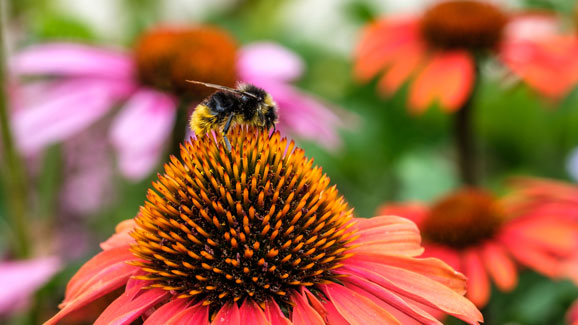
What will be the major emphasis?
“Planting for pollinators is crucial, as we all know, but will become more so as the growth cycle of plants becomes longer. Higher average temperatures will mean earlier activity from animals such as the solitary bee.
“Providing food sources throughout the year for these creatures is something we should be thinking about as gardeners and designers.”
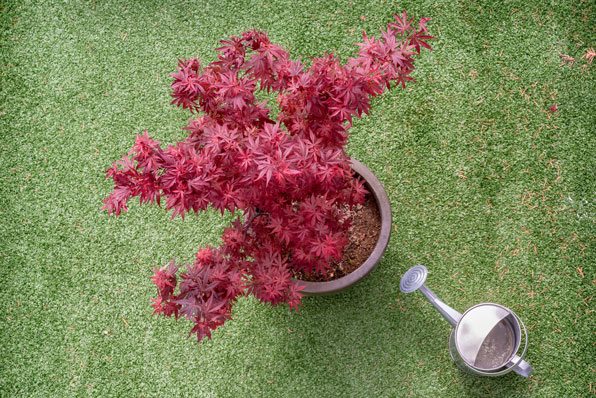
Could smaller trees gain popularity?
“Trees have a vital role in mitigating flooding, alleviating rising temperatures, cleaning the air and preventing soil erosion and yet few people would contemplate planting one in their garden, let alone on their balcony.
“Acer palmatum, Amelanchier lamarckii, Malus domestica are all varieties that can be grown in pots and have almost year-round interest with blossom, fruit and winter colour.
“We need to get behind creating urban forests. Think of the trees of Singapore that cloak the sides of skyscrapers. There are many small trees we can plant in our gardens which contribute to this urban forest: Crataegus persimilis ‘Prunifolia’, Malus toringo, Stewartia monodelphato.”

What about communal gardens?
“I would hope we would have greater access to larger areas of communal gardens or landscapes, areas with diverse habitat and productive gardens, accessible for our enjoyment and wellbeing, especially when our collective mental and physical health is under threat, but which also provide critical homes for wildlife.”

